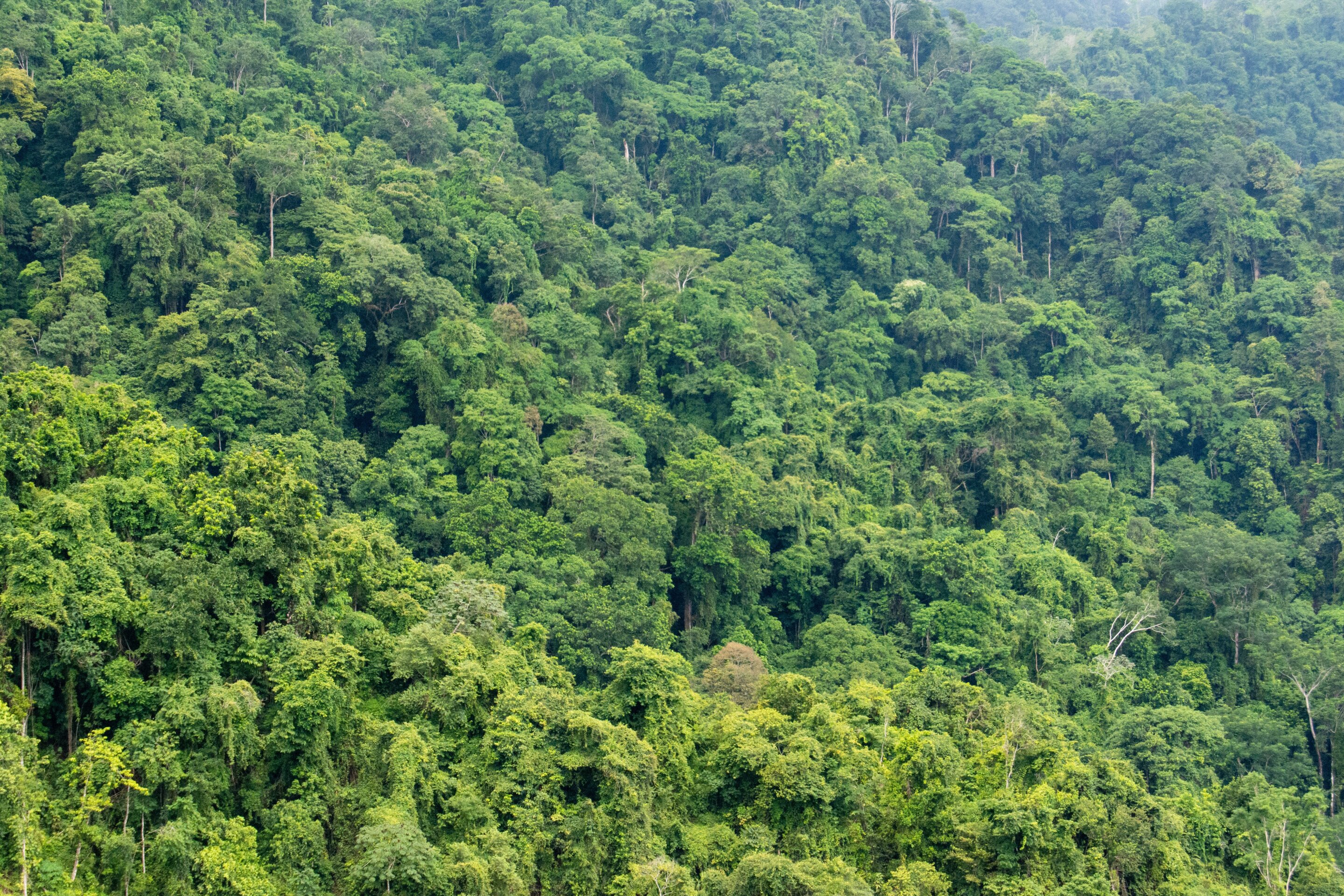
After learning and performing a series of basic tasks, this AI was able to provide a linguistic description of them to a ''sister'' AI, which in turn performed them.

OpenAI announced a new generative AI system named Sora, which produces short videos from text prompts. The high quality of the sample outputs published so far has provoked both excited and concerned reactions.

For the first time, artificial intelligence (AI) has searched for, detected, confirmed, classified, and announced a supernova discovery without any human intervention.

Researchers from the University of Zurich and Intel have announced the creation of a unique autonomous unmanned system called Swift. It is powered by artificial intelligence and is capable of outperforming humans in FPV drone race.

Mitigating the risk of extinction from AI should be a global priority alongside other societal-scale risks such as pandemics and nuclear war.

In a new study, a model trained on functional magnetic resonance imaging scans of three volunteers was able to predict whole sentences they were hearing with surprising accuracy—just by looking at their brain activity.

The advent of an artificial intelligence news anchor marks a milestone in Indian journalism. Not only has it raised eyebrows, it's also sparked discussions about whether India has entered a new era of news broadcasting.

More than 1,000 artificial intelligence experts have joined a call for an immediate pause on the creation of “giant” AIs for at least six months, so the capabilities and dangers of systems such as GPT-4 can be properly studied and mitigated.

There are already machines that perform certain important tasks independently without programmers fully understanding how they learned it.

After being shown videos of physical phenomena on Earth, the AI has not rediscovered the actual variables we are using; Instead, it actually evolved new variables to explain what it saw.

A new study finds that artificial intelligence can devise ways to distribute wealth that are more common than systems designed by people.

It took less than six hours for drug-developing AI to invent 40,000 potentially lethal molecules.

The circuit components can seamlessly switch between acting as resistors, memory capacitors, artificial neurons, and artificial synapses. A silicon brain that can rewire itself just like ours might not be so far away.

Researchers are developing artificial intelligence that could assess climate change tipping points. The deep learning algorithm could act as an early warning system against runaway climate change.

Current artificial intelligence (AI) technology is powerful, but often relies on high energy consumption. U.S. researchers have devised a solution that reduces the AI model training’s carbon footprint.